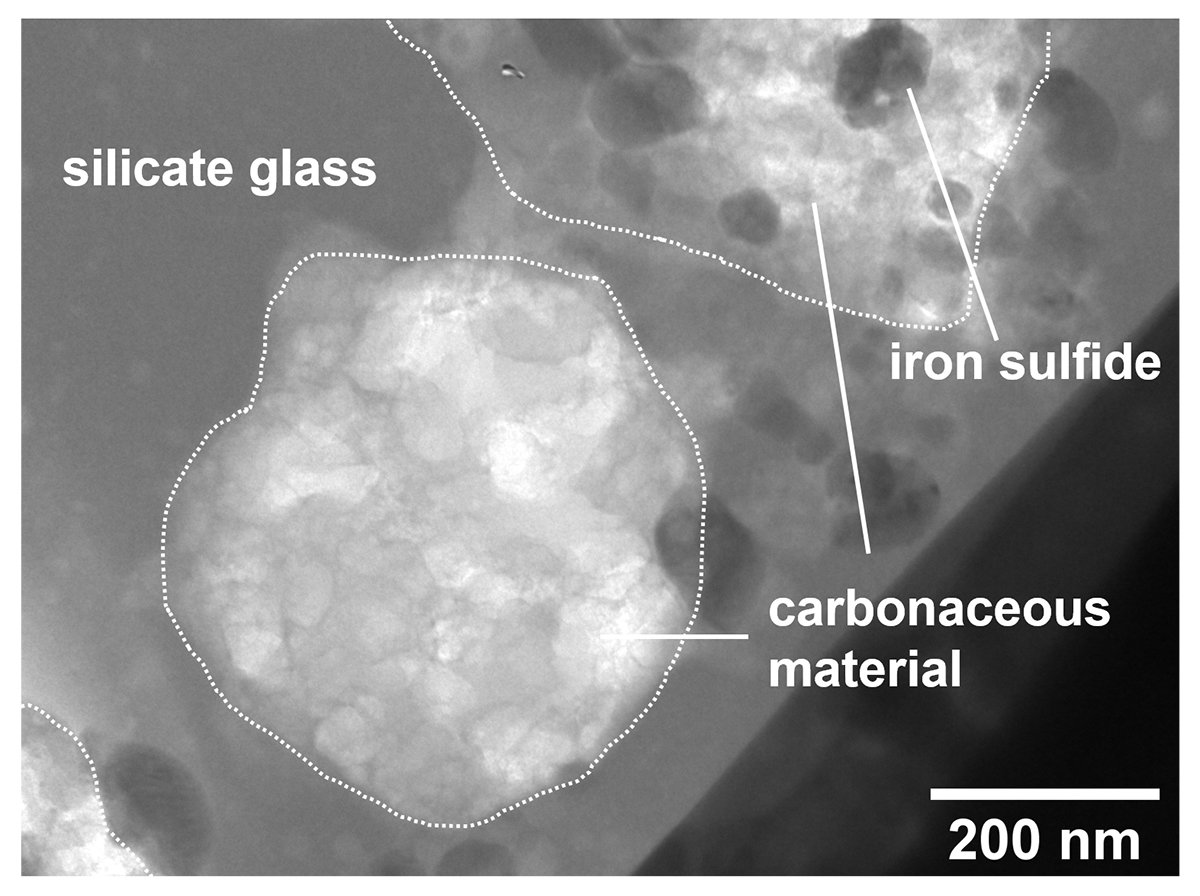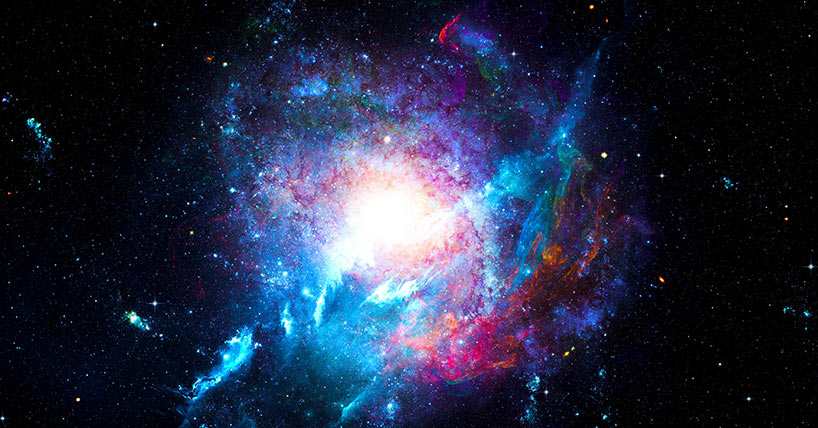
© Science Communication Lab for MPIK/H.E.S.S.
The science fiction author Arthur C...
Read More

The science fiction author Arthur C...
Read More
Simulations will help Curiosity search for signs of past or present life on the Red Planet. New research shows that atmospheric pressure fluctuations that pull gases up from underground could be responsible for releasing subsurface methane into Mars’ atmosphere; knowing when and where to look for methane can help the Curiosity rover search for signs of life.
“Understanding Mars’ methane variations has been highlighted by NASA’s Curiosity team as the next key step towards figuring out where it comes from,” said John Ortiz, a graduate student at Los Alamos National Laboratory who led the research team.
“There are several challenges associated with meeting that goal, an...
Read More
The Hayabusa2 mission that collected samples from the asteroid Ryugu has provided a treasure trove of insights into our solar system. After analyzing samples further, a team of researchers have unearthed evidence that cometary organic matter was transported from space to the near-Earth region.
Ryugu is a near-Earth asteroid that gained significant attention when the Japanese Hayabusa2 mission collected samples and returned them to Earth...
Read More
An experiment conducted in Italy, with theory support from Newcastle University, has produced the first experimental evidence of vacuum decay.
In quantum field theory, when a not-so-stable state transforms into the true stable state, it’s called “false vacuum decay.” This happens through the creation of small localised bubbles.
While existing theoretical work can predict how often this bubble formation occurs, there hasn’t been much experimental evidence.
Now, an international research team involving Newcastle University scientists has for the first observed these bubbles forming in carefully controlled a...
Read More
Recent Comments